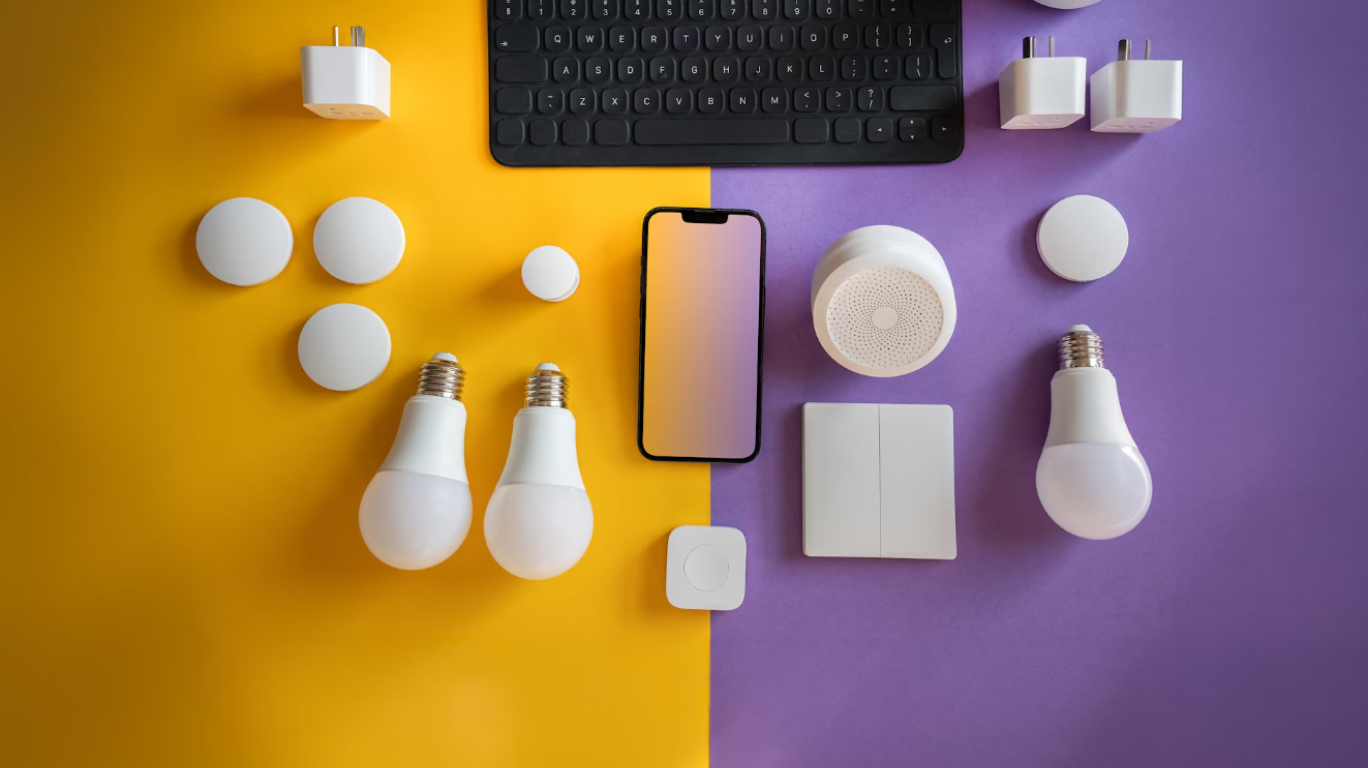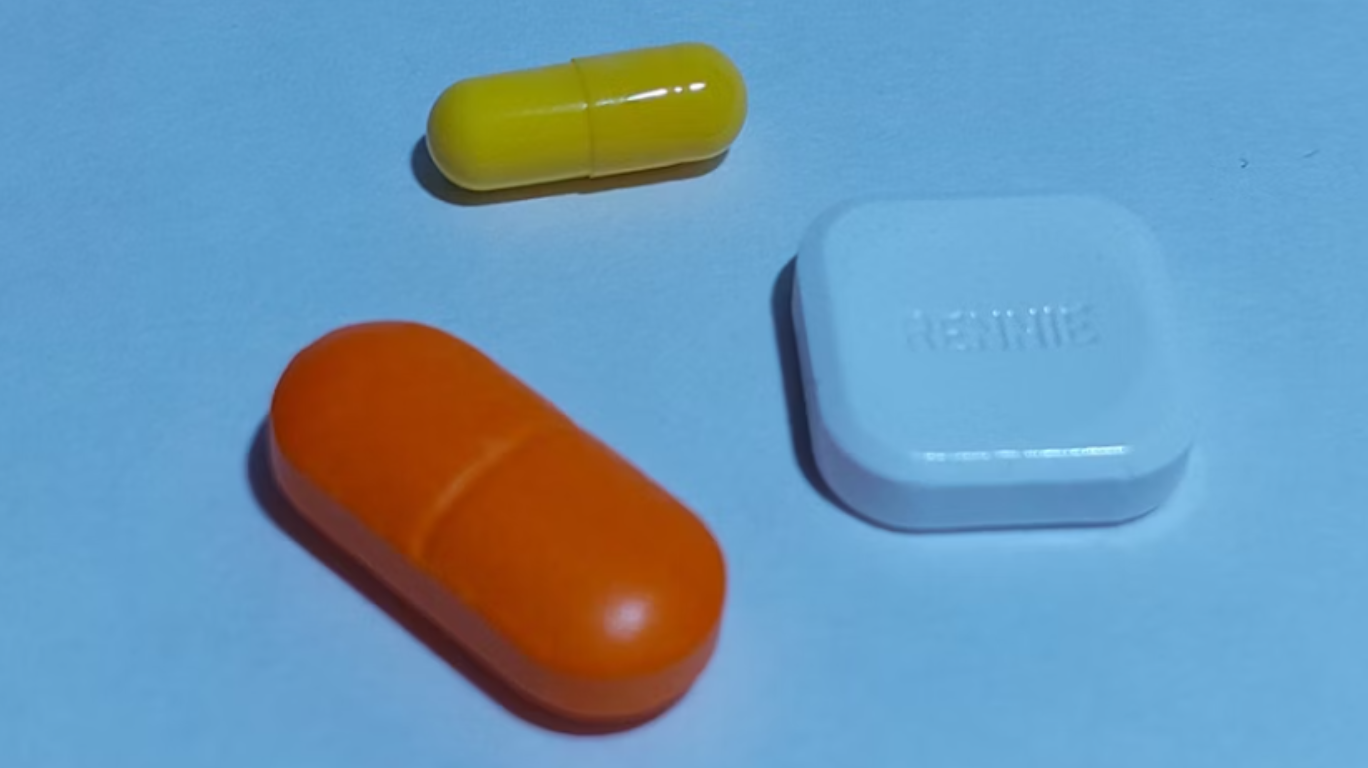From Pill Reminders to Health Monitoring: Smart Assistants in Personal Care
Technology is becoming a trusted partner in managing personal health. What started with simple smartphone alarms has evolved into voice assistants and wearables that support everything from medication reminders to real-time health monitoring.
These tools are not just about convenience—they provide insights and encouragement that can help people make healthier choices, stay on top of medical routines, and connect more easily with professionals when needed.
Pill reminders
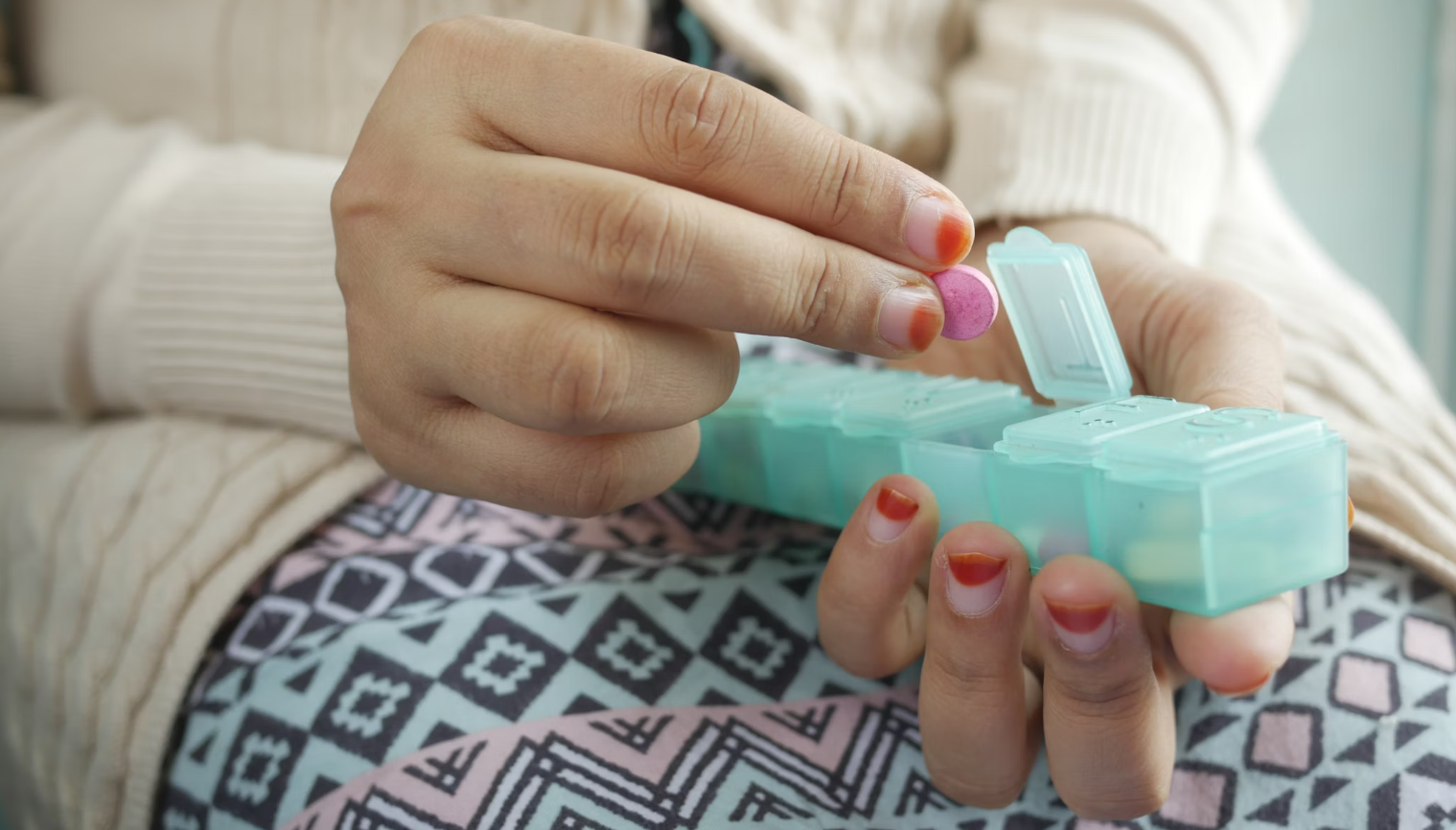
Pill reminders are digital prompts that help people remember to take medication on time. Voice assistants like Amazon Alexa, Google Assistant, or Apple’s Siri can now be set up to provide these reminders with simple voice commands.
Once scheduled, the assistant gives an audible or visual alert when it’s time to take a dose. Some devices can even track responses, so if you confirm you’ve taken your medicine, it logs the activity. This replaces the need to rely on alarms, sticky notes, or memory alone.
Sticking to a treatment schedule is crucial for managing long-term conditions. Pill reminders reduce the risk of missed or double doses, improve consistency, and provide peace of mind. For people with busy lives, or those who might struggle with memory or vision challenges, this small piece of tech can have a big impact on health outcomes.
Wearables and health tracking
Wearable devices—such as smartwatches and fitness trackers—are compact pieces of technology worn on the body. They’ve grown from simple step counters into powerful health tools capable of monitoring heart rate, sleep, blood oxygen, and more.
Most wearables use sensors to detect changes in the body, like optical sensors that shine light onto the skin to measure blood flow for heart rate or oxygen levels. Data is then synced to a smartphone app, which displays easy-to-understand graphs, alerts, and trends. Some devices can even detect irregular heart rhythms or send emergency alerts if they sense a fall.
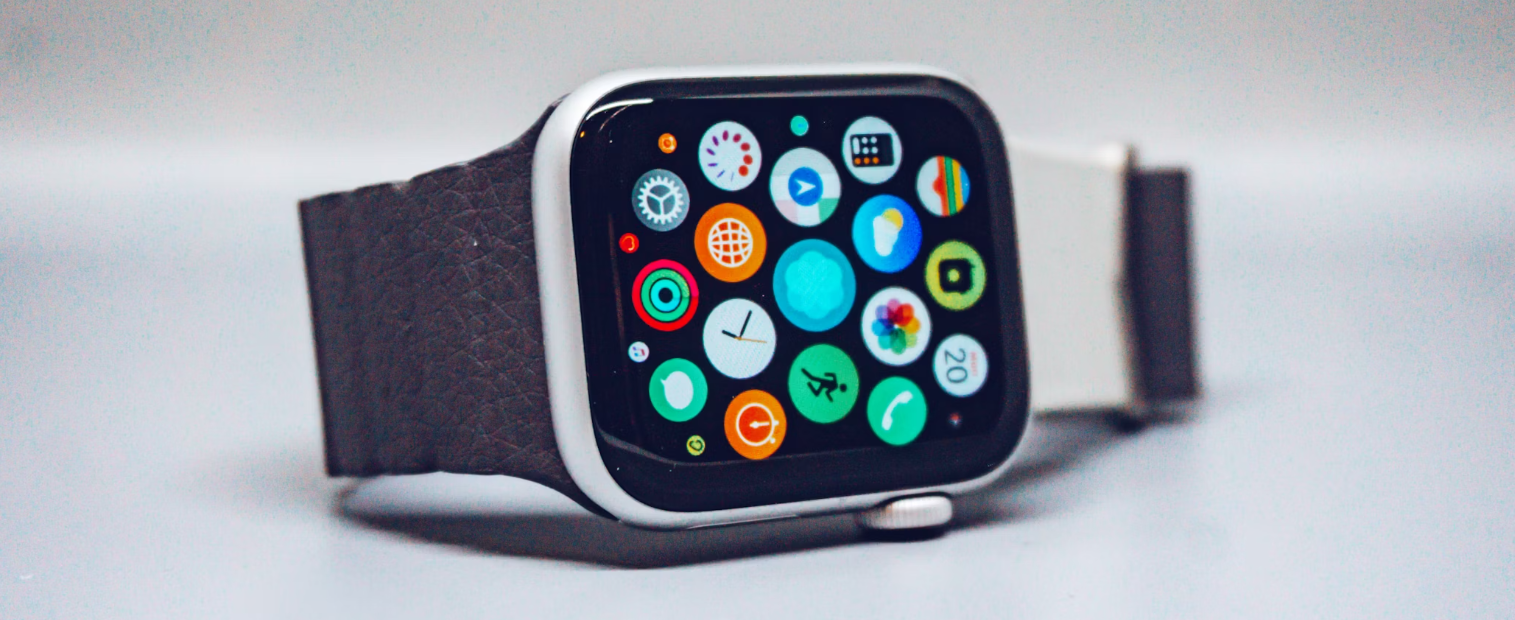
Having real-time data puts control back in your hands. You can see how daily habits affect your health, spot patterns you might otherwise miss, and make more informed decisions about exercise, diet, and sleep. For people managing conditions like diabetes, newer devices such as continuous glucose monitors provide round-the-clock insights, helping to prevent extreme highs or lows.
Connecting with healthcare providers
Health platforms are now bridging the gap between personal devices and medical care. They enable wearables and assistants to share data with doctors or nurses securely, and even integrate with telemedicine services for remote consultations.
When connected, your device automatically records information such as heart rate or blood pressure and uploads it to a secure platform. Healthcare professionals can then view this data between appointments. In some cases, you can even ask your assistant to book a virtual consultation or provide a summary of your symptoms for review.
This connection gives your care team a more accurate view of your health, beyond the short snapshots of clinic visits. It means earlier intervention if something looks unusual, more personalised treatment plans, and fewer unnecessary trips to the surgery. For those in rural areas or with mobility challenges, it also makes accessing care faster and easier.
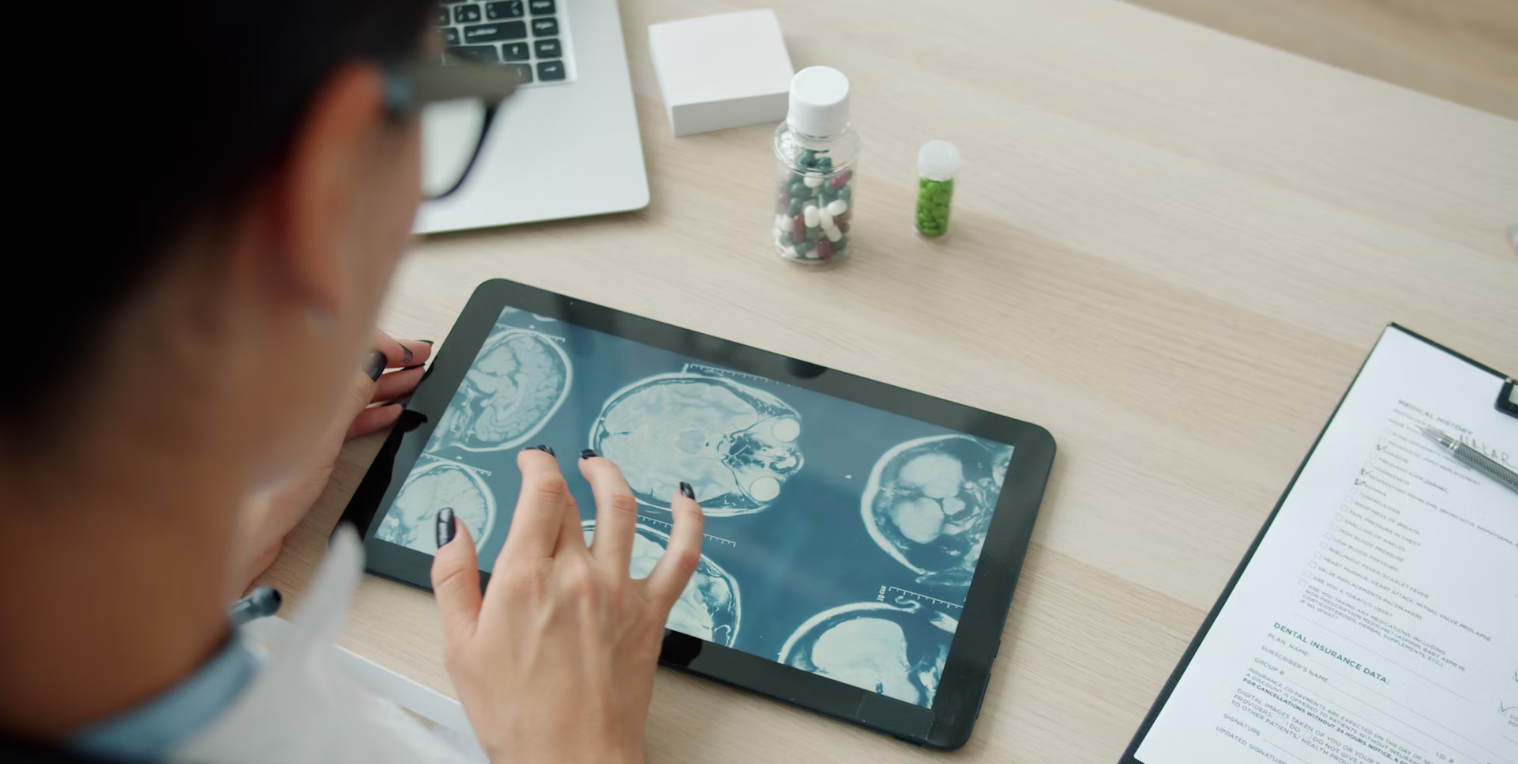
Privacy and balance
Whenever personal health data is collected, stored, or shared, privacy and security need to be considered. Not all platforms and devices handle data in the same way, so it’s important to know what you’re agreeing to.
Smart assistants and wearables often store data on secure servers, with options to share information with trusted apps or healthcare providers. Users usually have control through settings, such as deciding whether to share data automatically or manually.
By understanding how your information is used, you can make informed choices about which services you trust. Taking control of privacy settings ensures you can enjoy the benefits of these technologies—greater convenience, improved health tracking, and better communication with your doctor—while protecting your personal information.
Final thoughts
From friendly pill reminders to advanced health monitoring and seamless connections with healthcare providers, smart assistants and wearables are reshaping personal care. They explain what’s happening in our bodies, support healthier routines, and reduce the barriers to professional care.
The benefits are clear: convenience, empowerment, and a more proactive approach to wellbeing. By understanding how these tools work and where they fit into your lifestyle, you can decide how best to use them—balancing the promise of technology with the reassurance of human expertise.
